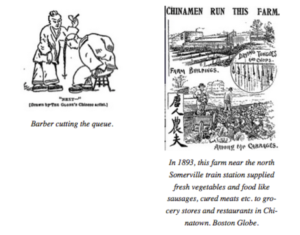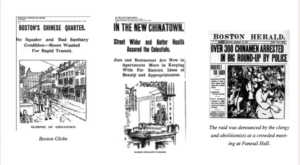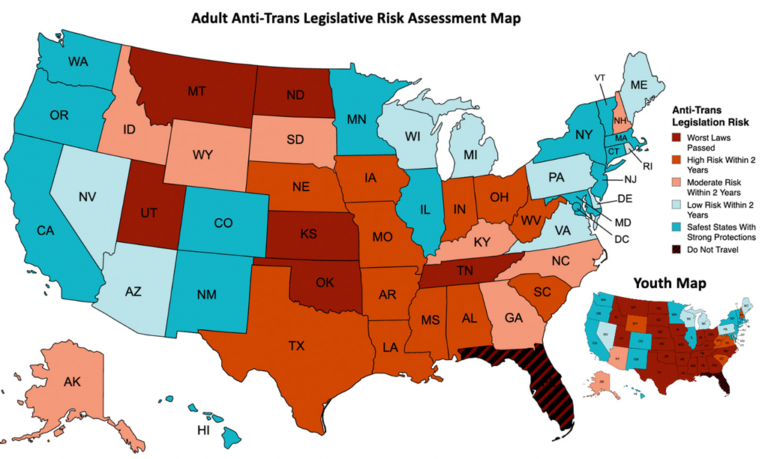The Chinatown Atlas
The Chinatown Atlas website tells the story of the development of Boston’s Chinatown (in the changing context of immigration and the physical and social growth of Boston and the region). It uses a combination of text, photo, maps, and stories to track the complexity of the changes.
Boston’s Chinatown is one of the few middle-sized Chinatowns that have survived from the Chinese Exclusion Act era. Today it is the economic, social and cultural center for working-class Chinese in the metropolitan area (mostly Cantonese and Fujianese speaking immigrants). It also serves East and Southeast Asian population and tourists.
In a city known for its ethnic neighborhoods, Chinatown was always different. It was not where most Chinese lived. It was established to serve the laundrymen who lived in isolation in other neighborhoods and industrial towns. They came into Boston on Sundays to socialize in the company of their countrymen. Even as laundries gave way to restaurants and immigration laws changed, Chinatown remains until today the center of social life and provided the necessary goods and services for working class Chinese.
The Chinese were not welcome in the city and numerous efforts were made to remove them. Early efforts were street widenings, the location of the Elevated Railway, the mass arrest of suspected illegal immigrants and the growth of the garment industry. As the city grew, highway construction, the expansion of the Tufts Medical Center and urban renewal posed continuous threats to the viability of the community. More recently, the resurgence of downtown Boston has increased rents and land prices making it difficult for community businesses and low-income renters to stay in the area.
However, the community survived earlier threats through perseverance and ingenuity. Institutions such as family associations and language schools were founded to form the backbone of the community. It learned to protest and lobby against complete urban removal that had diminished or destroyed Chinatowns in cities like St. Louis or Washington, DC. At the same time, the city and the state became more committed to neighborhood concerns and public participation. As a result, the community-owned affordable housing and public facilities built with public help has enabled most low-income residents to stay.
The organization of the website. The components are the eras, essays about specific topics (e.g. garment district and community organizations) and personal stories. The eras are completed but the other sections are still in progress.

The eras as organizing principle. They are mostly defined by the changes in the immigration laws – Chinese Exclusion Act, the War Brides Act, the 1965 Immigration Act. Equally important is the context of the city and region.

Maps on specific topics to help understand both the locational and social factors involve. E.g. although Chinatown was predominantly males of working age and called a “bachelor society” the analysis of the census shows the slow but clear growth of families from 1900 to WWII even under the Exclusion Act.

Articles from the historic Boston Globe. Given very sparse records and no memoirs, the digital files proved to be valuable resources for important events and daily life.


Photos from the Chinese Historical Society and archives (Boston Public Library, Historic Boston, Boston Globe etc.)

Focus on Boston is an on-going series curated by the Local Arrangements Committee to provide insight on and understanding of the geographies of Boston and New England. The 2017 AAG Annual Meeting will be held April 5-9, 2017, in Boston.


